Description
NORTHWEST INDIGENOUS MUSIC
Yaquis and Mayos are, in many respects, alike. Their languages belong to the same family, the Utoazteca, and within this they can be considered as dialects of the same language: La Cahita. The geographical environment and the mode of subsistence is also similar between both groups as farmers of the fertile plain. Room, clothing, beliefs and festivities are variants of a common model.
This identity and subtle differentiation between Yaquis and Mayos is also perceived in their musical tradition. The usual traditional genres are the same for both groups and consist, for the most part, of a large number of sons for three dances: that of the deer, that of the pascolas, and that of the matachines. These dances are practiced associated with the religious ceremonial of Catholic content and form, which can be assumed to have been instituted since the 17th century by the Jesuit missionaries and which has apparently remained with few modifications. The participants in these dances do it for a promise or mandate, of their own free will or made by their parents, which lasts a lifetime. The groups of dancers constitute an organization that is recognized and taken into account by the traditional authorities; belonging to it confers prestige and a certain degree of authority and power. The organization has its own rules and laws, which include a set of taboos or abstentions related to the practice of dance. Dancers and musicians do not receive remuneration for their services to the community, whether participating in collective or family parties to which they are invited; Even during Holy Week, the dancers must give the public cigarettes. Then, the musical tradition of these groups can be considered as a social institution linked to religious activity; its function is clearer as a service than as an aesthetic activity for those who practice it.
SIDE 1
- A1 Mákuli San Juan.–San Juan Chamula (Tzotzil).
Performers: ? - A2 Music for the Dance of the Negroes.–Aguacatenango (Itzeltal).
Performers: Andrés Hernández Pérez, reed flute; Silvestre Hernández Pérez, big drum; Antonio Rodríguez Hernández, small drummer. - A3 La Maruchita.–Venustiano Carranza.
Performers: Marimba “El Águila” by the Santiago brothers. - A4 San Mateo.–San Juan Chamula (Tzotzil).
Performers: ? - A5 Whistle And Bugle Music.–Tenejapa (Tzotzil).
Performers: Miguel Guzmán Tzurin, flute and cornet; Alfonso Guzman Tzurin, drummer. - A6 Zapateado Of Father Ruben.–Venustiano Carranza.
Performers: Marimba by José Leopoldo Villafuerte and sons.
SIDE 2
- B1 The Memelel.–Venustiano Carranza.
Performers: Miguel Guillén, guitar and singing; Maria Guillen, marimba. - B2 They are from the Royal Mayordomo.–Tenejapa (Tzotzil).
Performers: ? - B3 Music Of The Singles.–Colonia Veracruz, Margaritas (Tojolabal).
Performers: Manuel Pérez, mouth organ. - B4 Road to San Cristobal.–San Cristobal de Las Casas.
Performers: Marimba from Belisario Domínguez Boarding School. - B5 Procession Music.–Colonia Veracruz, Margaritas (Tojolabal).
Performers: ? - B6 El Bolonchón.–San Juan Chamula (Tzotziles).
Performers: ?
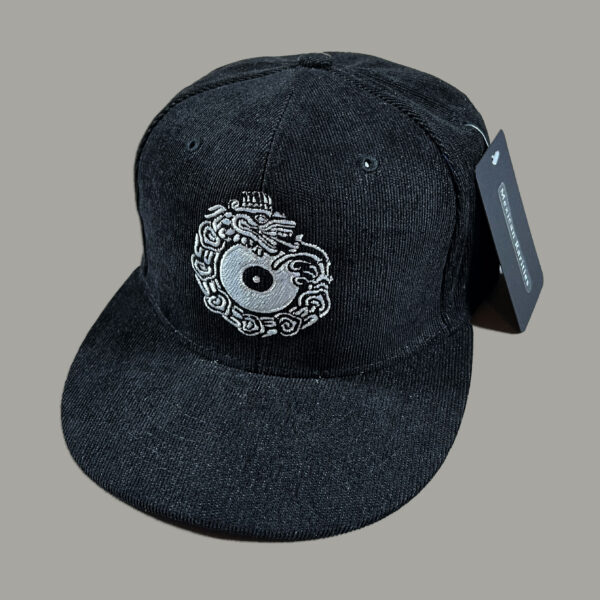






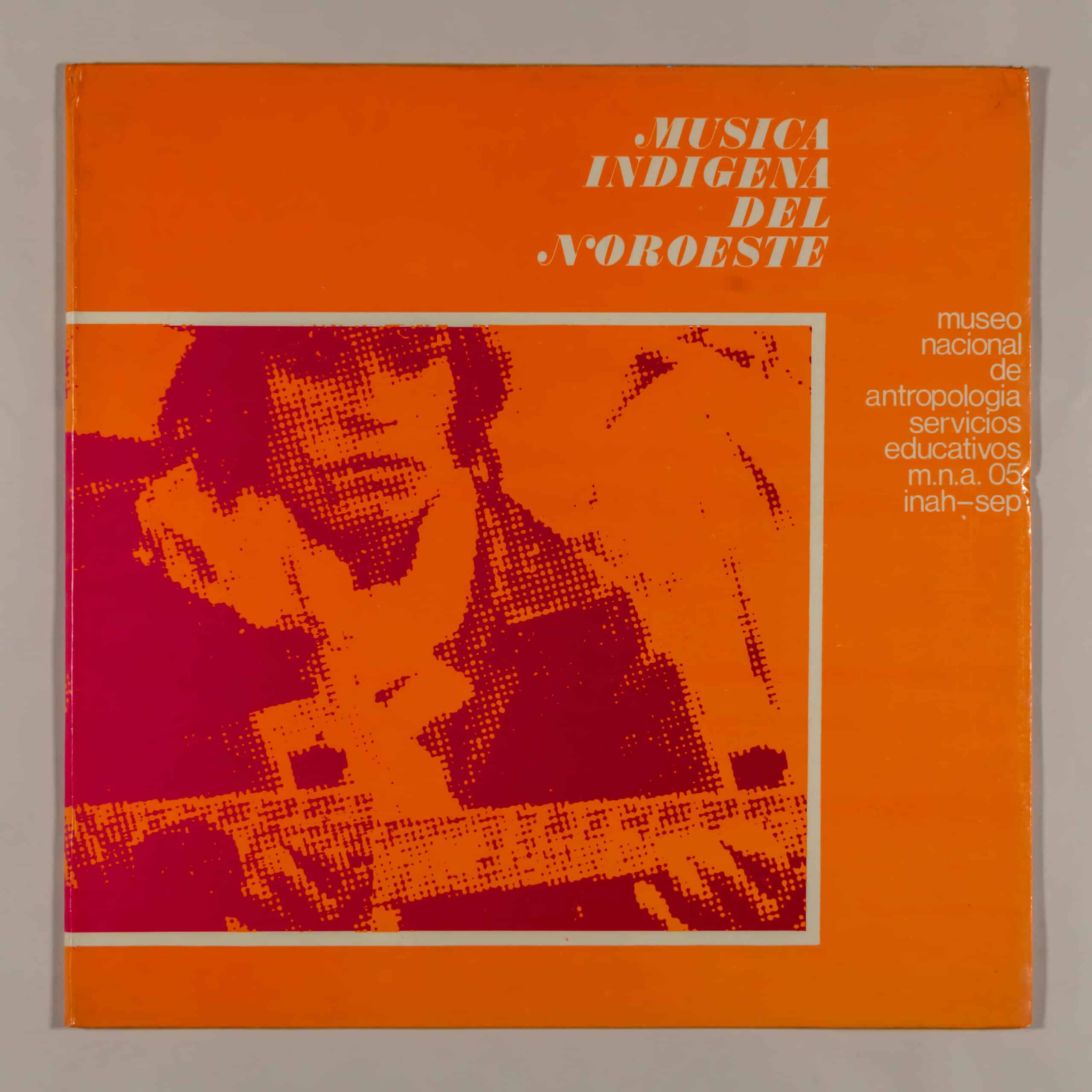
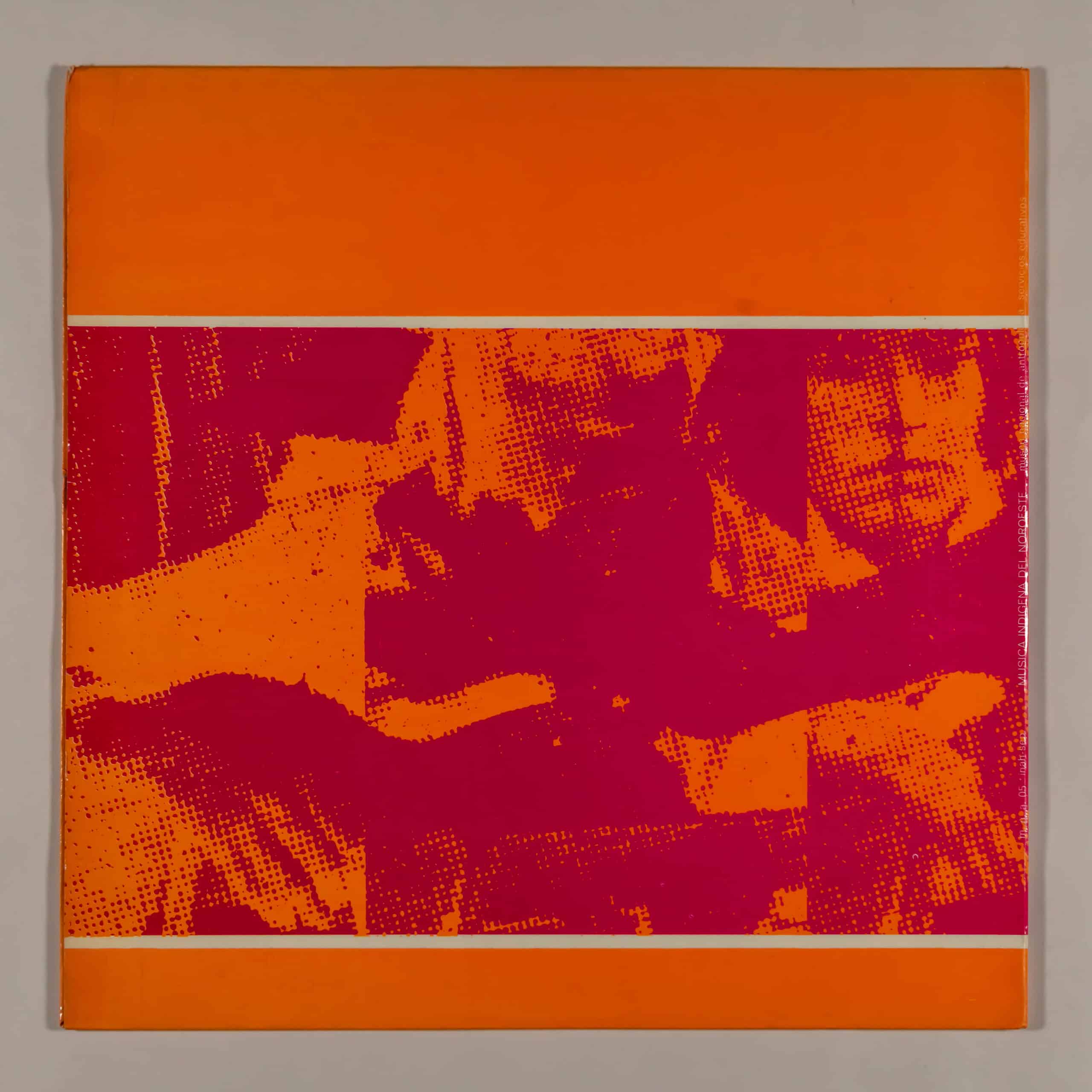
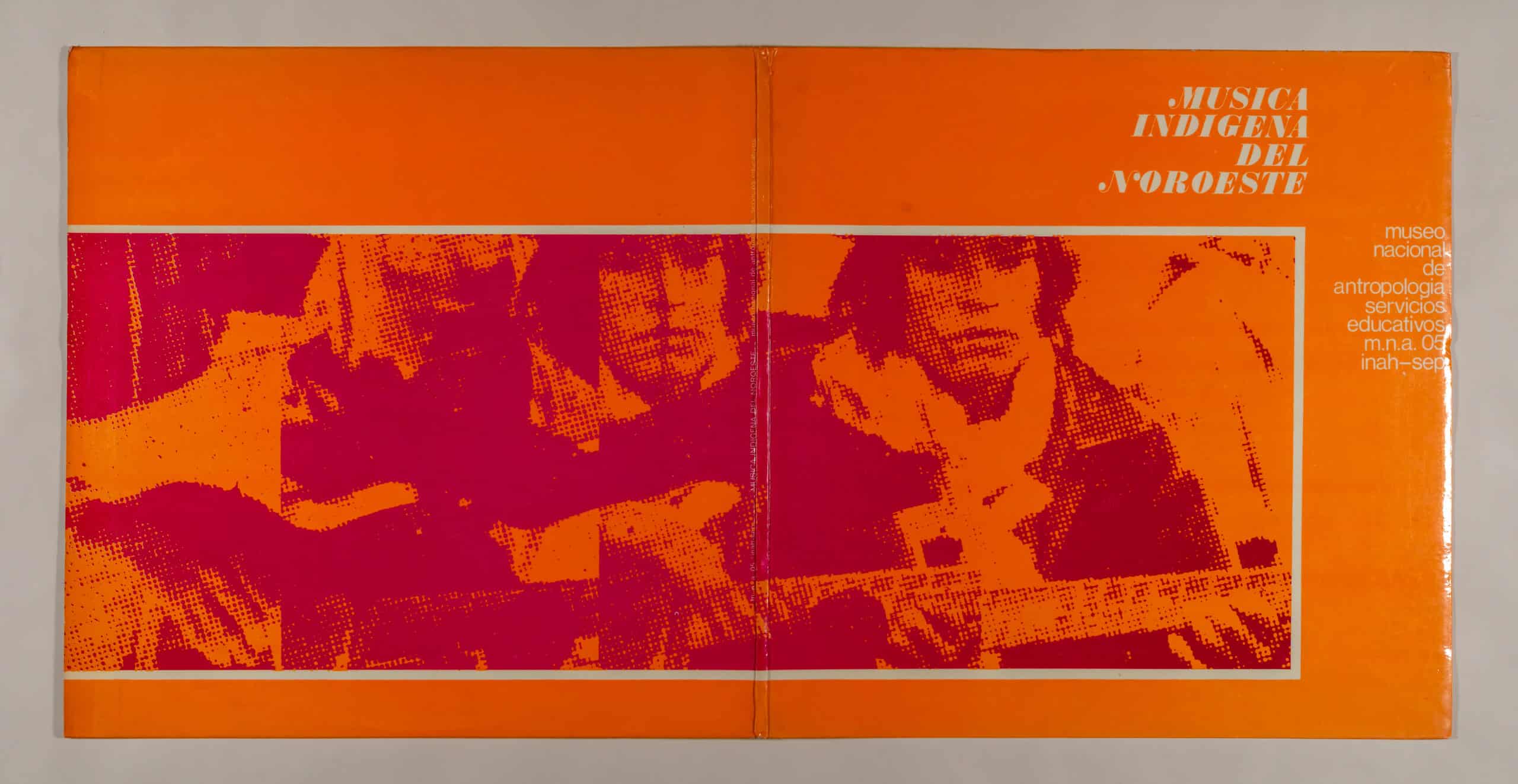
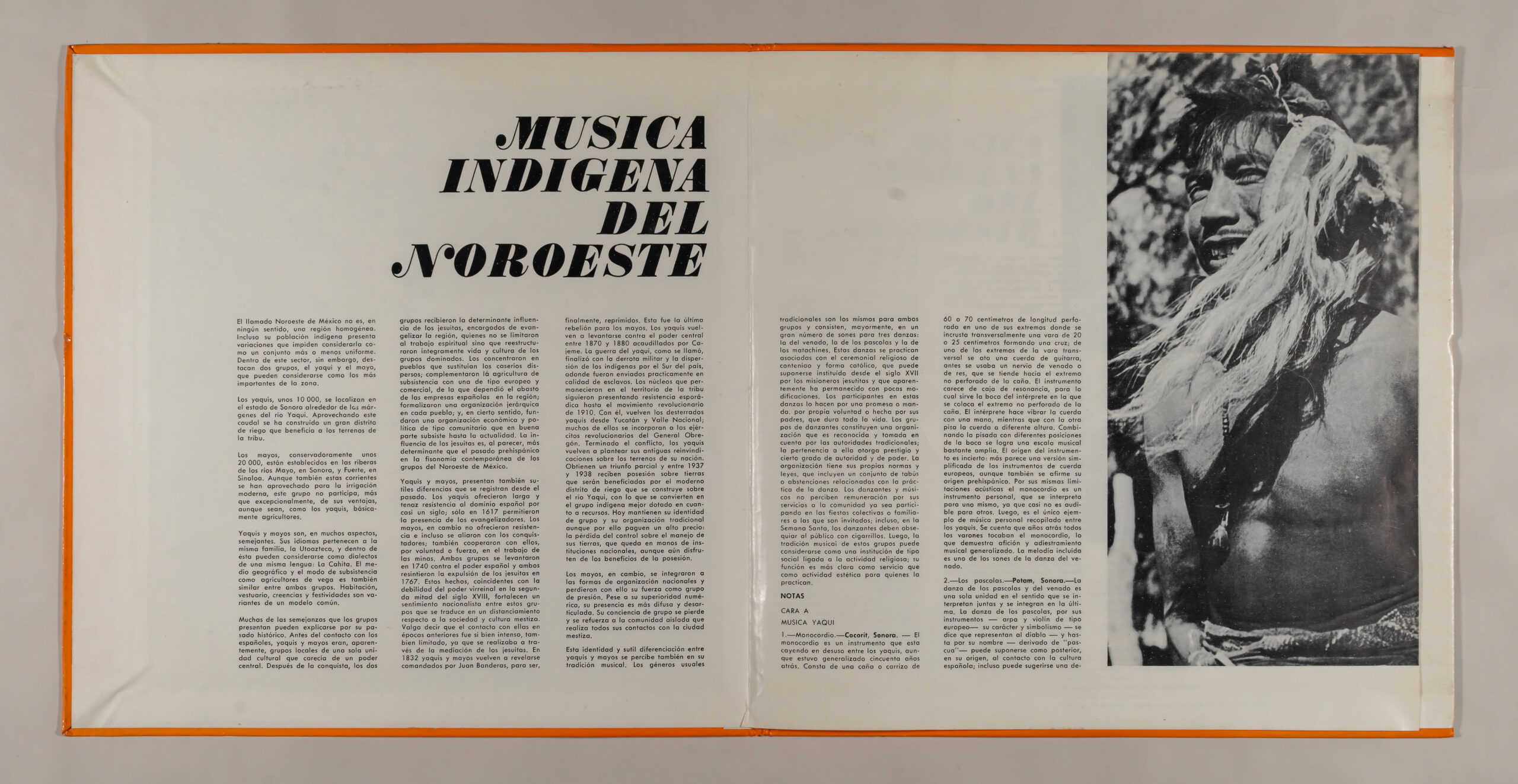
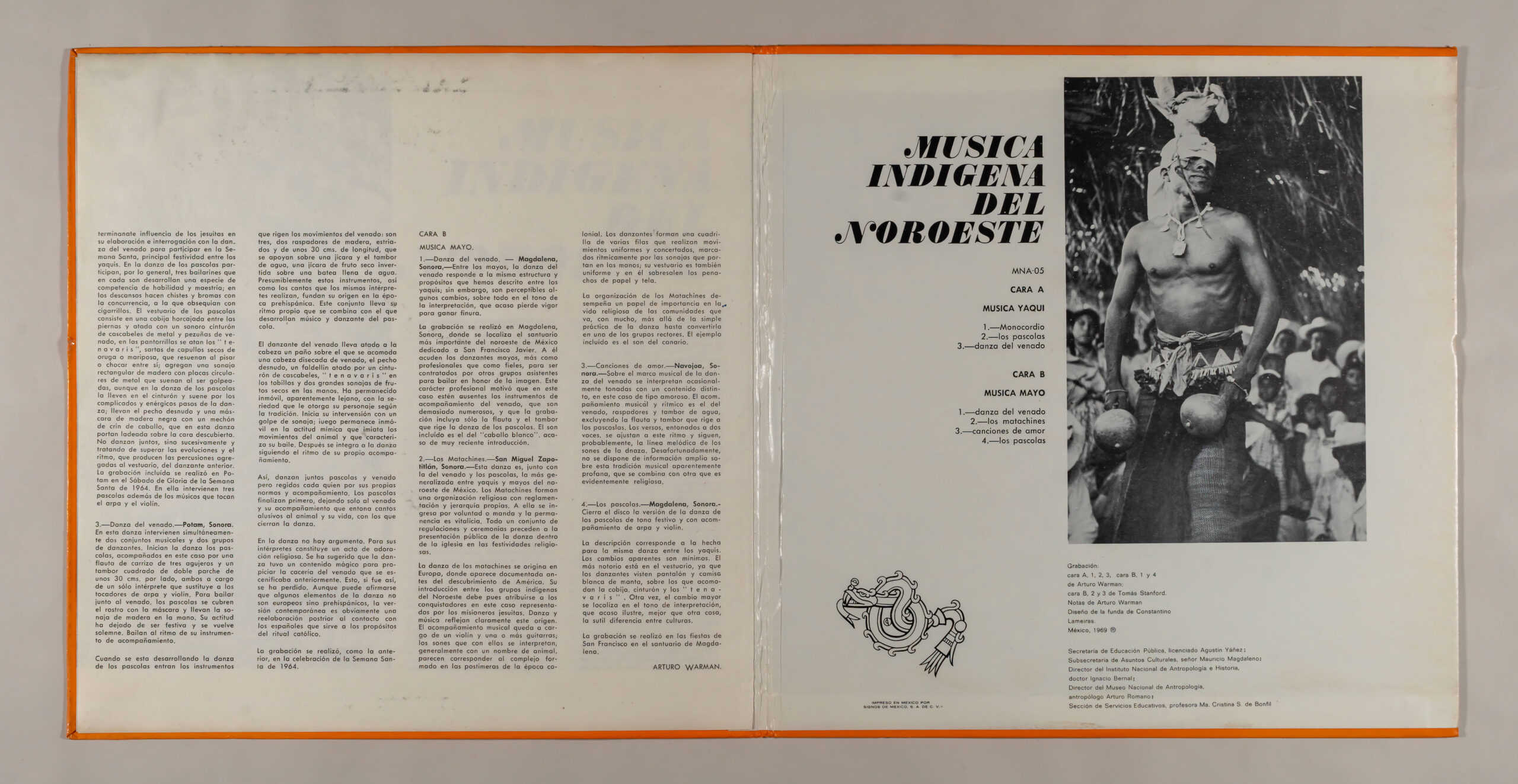
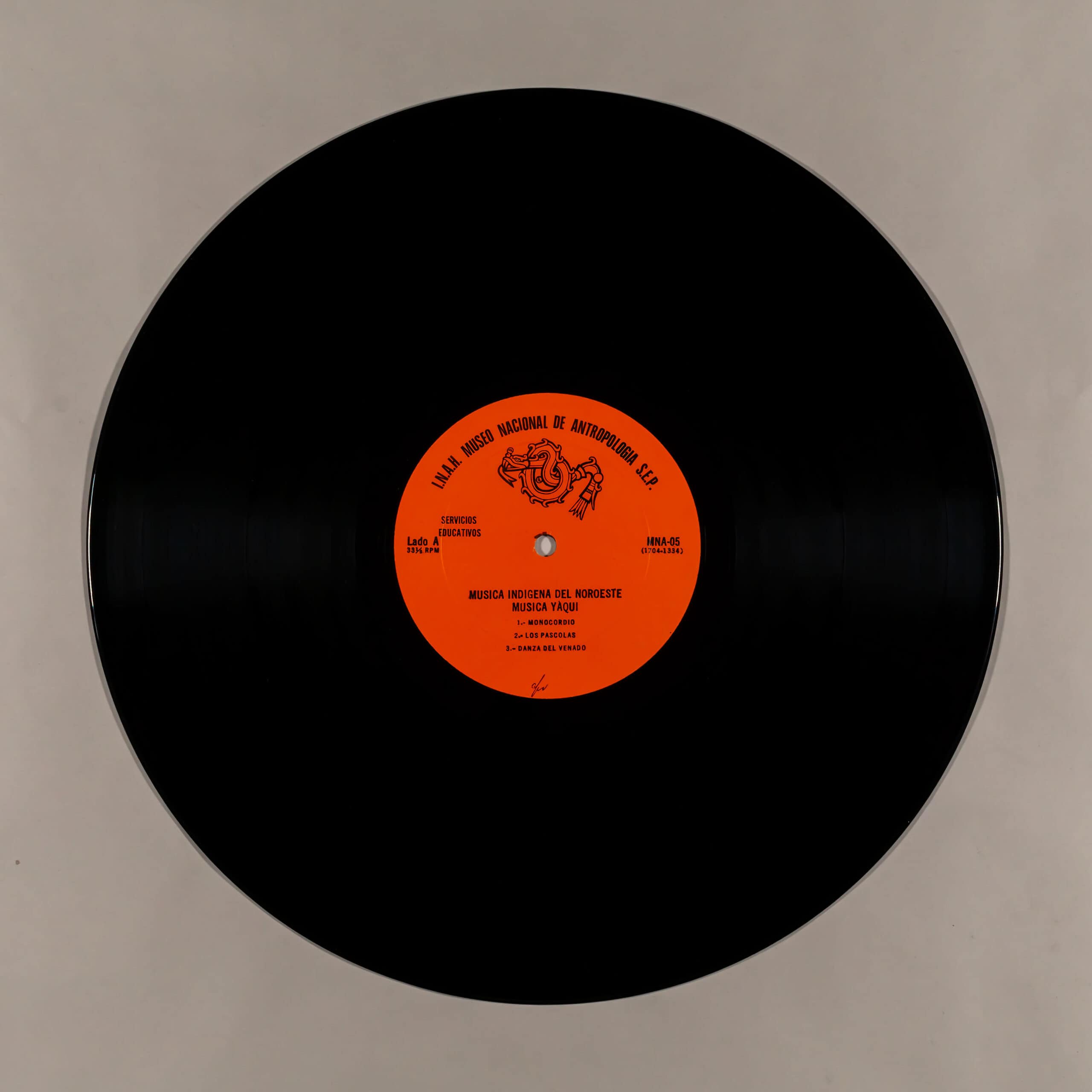
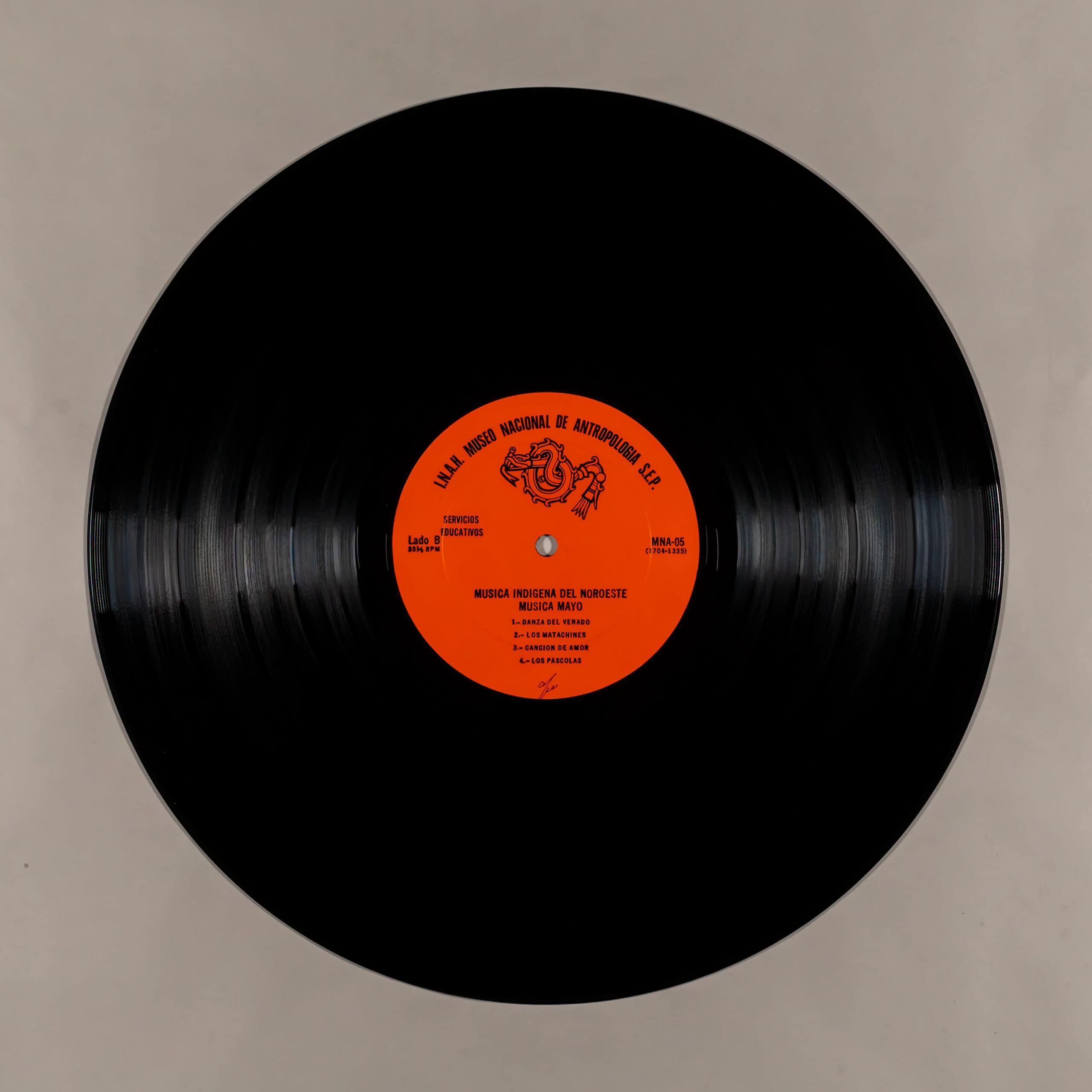
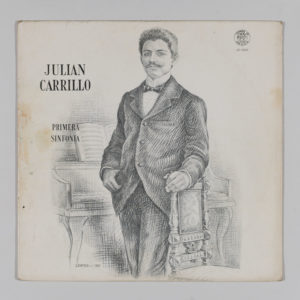
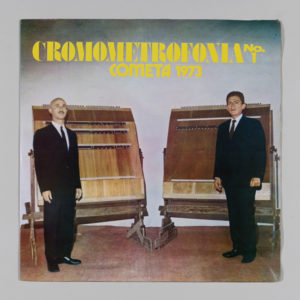
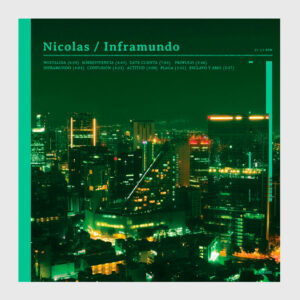
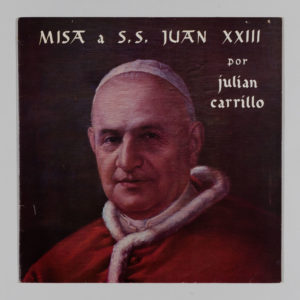

Reviews
There are no reviews yet.